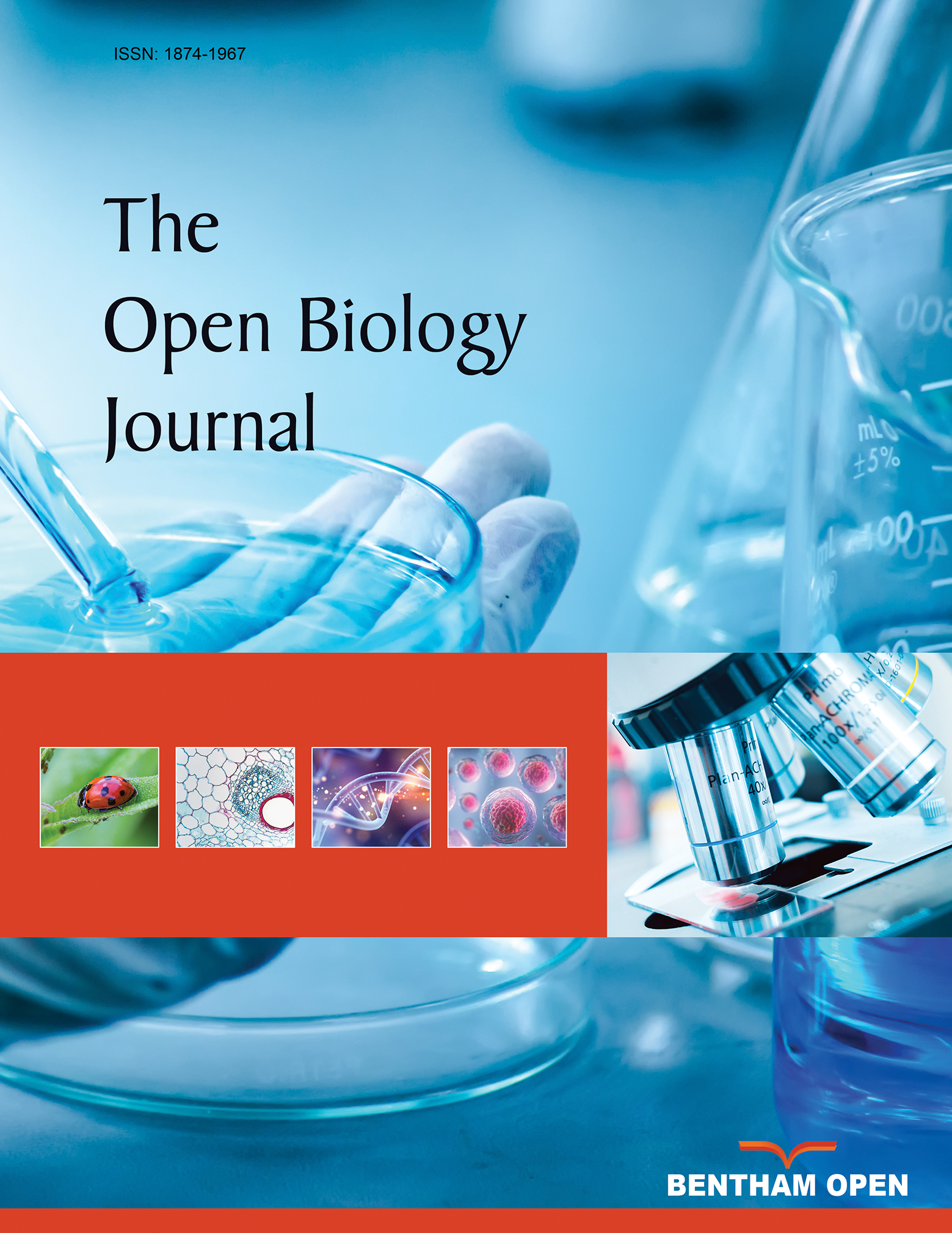All published articles of this journal are available on ScienceDirect.
A Tridimensional Model of Proangiogenic Calcium Signals in Endothelial Cells
Abstract
Angiogenic factors, including bFGF and VEGF, induce cytosolic calcium (Cac) increases in endothelial cells, critically involved in angiogenesis progression. At low agonist concentrations, Cac elevation is mainly due to calcium entry controlled by a complex interplay between two intracellular messengers, arachidonic acid (AA) and nitric oxide (NO), released upon stimulation with proangiogenic factors: they trigger spatially localized calcium signals restricted to the cell periphery, and such a spatiotemporal pattern could contribute to the specificity of cellular responses. Based on experimental measurements, here we provide the first quantitative spatiotemporal 3D modeling of proangiogenic calcium events in endothelial cells using Virtual Cell framework. The main aims were to validate previously proposed signaling pathways and to suggest new experimental protocols. The most relevant conclusions are: 1. The interplay between AA and NO, previously proposed to be responsible for VEGF/bFGF-dependent calcium entry in endothelial cells, triggers peripheral calcium signals that reproduce the experimental measurements; 2. Spatial restriction is not an artefact due to the calcium-sensitive dye; 3. Channels clusterization in thin lamellipodia plays a key role in the generation of the peripheral-restricted proangiogenic calcium signals; 4. A model containing two distinct channels, named AAAC and NOAC, respectively activated by AA or NO, explains the basic properties of proangiogenic calcium signals. This could be considered an ‘open model’ containing the simplest conditions leading to a satisfactory reproduction of the experimental results: it should be implemented in order to make it more complete and to maximize physical and biochemical constraints.


